After flying into the North Serengeti, we arrived at our tented hotel, Serengeti Migration Camp (Elewana)
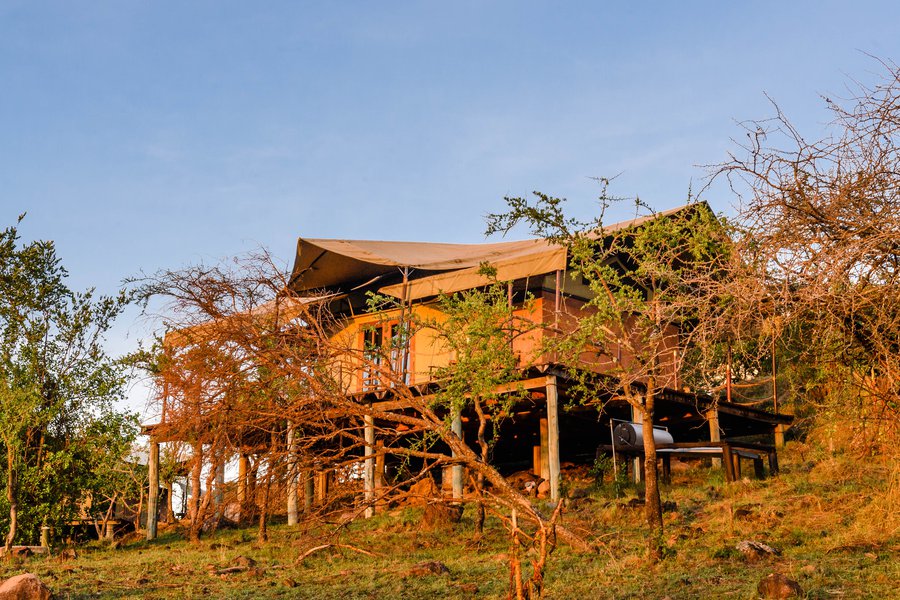
Tent is a bit of an understatement, as each room was a floored structure with canvas walls that zipped up.

It reminded me so much of a vintage film with its polished floors, dark wood, and cut glass sherry decanter


We arrived to see a herd of elephants right past the tents, zebras wandering throughout, and the grunts of hippos from the river below. At night, Maasai guides walked us back to our tents to protect us and the animals, and sometimes, we had to stop and wait for a passing elephant munching in the road. Oh! Speaking of, at night, I heard really loud chewing, like teeth hitting together. In the morning, the trees around the tent were massacred. #elephantsinthehouse

Other visitors of note were rock hyraxes, which really were rodents of massive size. They were everywhere--hundreds of them racing around the hotel property. They could jump very far, including up to the roof of tent and then onto the deck with a loud thwack at night. Which they did a lot. Kindof like jumping off a diving board and landing on a wooden deck. This guy is probably 18-20 inches long.

The morning always dawned a little cool and dark, but it was so worth it for the light on the drives, the animals' first morning meals.

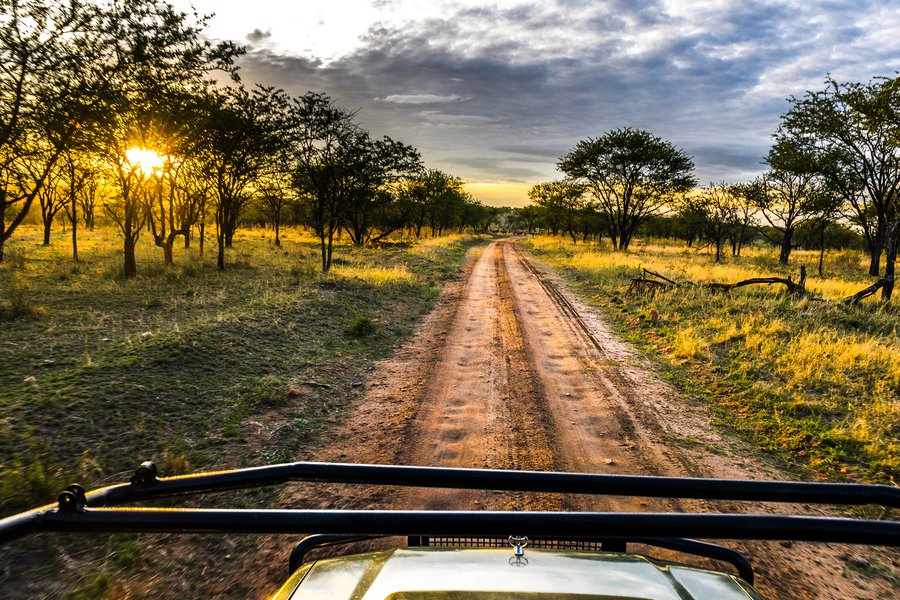

I know there are a lot of pictures of animals, so bear with me, but seeing them all in person, smelling the air which often had no smell at all but the earth, was like taking a step into a 3D movie, with bee-eaters,

and bounding hartebeests,

and hyenas,


and oribi.


We spent a lot of time circling the rock formations called kopje's (pronounced kope peas), searching for lions. While at the Ngorongoro Crater Lodge, we had actually met a famous lion researcher, and I believe it was she that mentioned that large cats sleep up to 20 hours a day. It was hard work to get them to lift their heads sometimes!



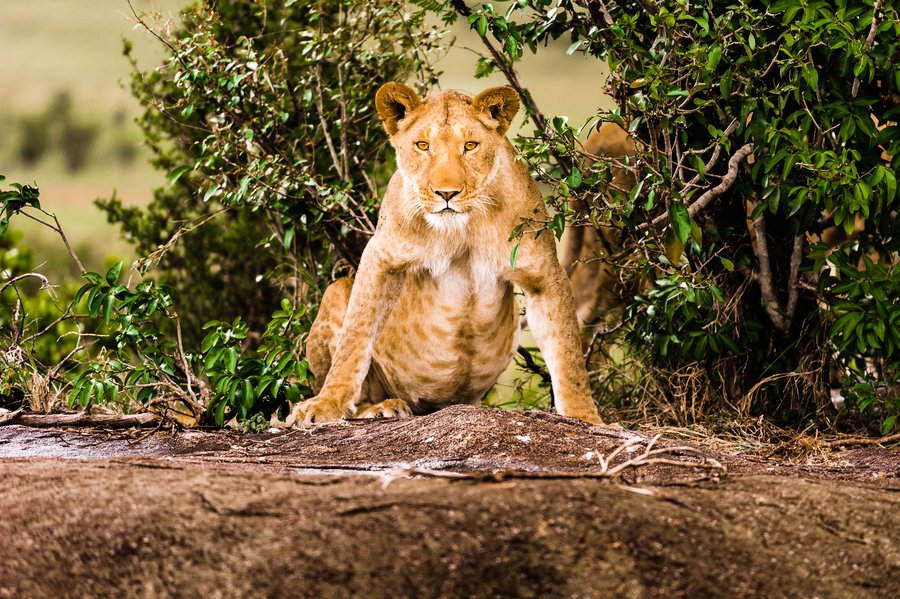

Most mornings on safari, we took a breakfast break around 9am, with three hours of game driving already savored. We also stopped at air strips for the luxury of real (albeit insect-swarmed) toilets.

And contrary to this pairing, we stopped for meals in areas with no big cats in sight.
Bush breakfasts were usually combinations of pastries, meat pies, hard-boiled eggs, meats, and yoghurts. So much food!

Much of the drive was along the Upper Grumeti River.

We visited in the dry season, so the beds were often (surprise!) dry and sometimes we saw animals in, but most commonly nearby, the stream beds, like these elephant families.
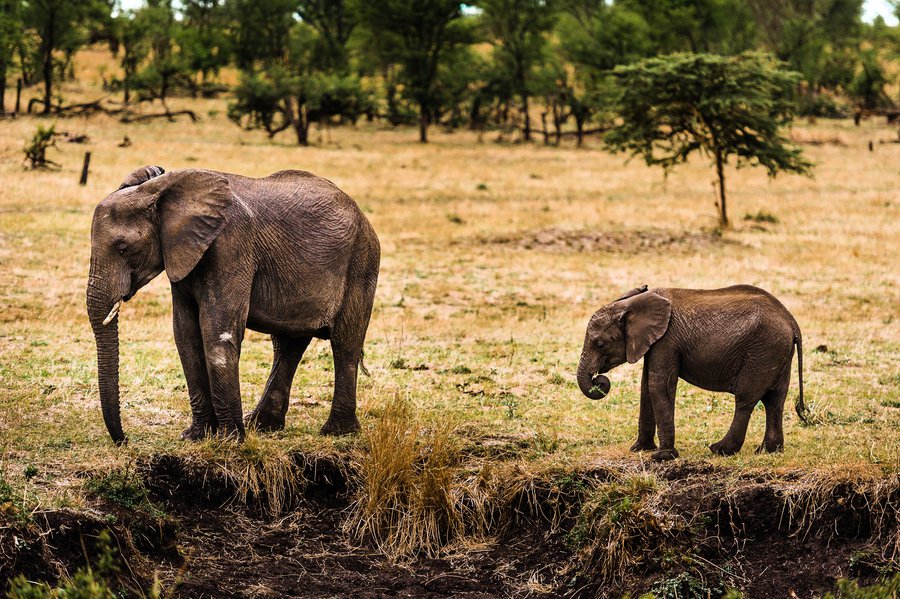

This little guy was nursing; apparently, they can nurse up to 4 years old,
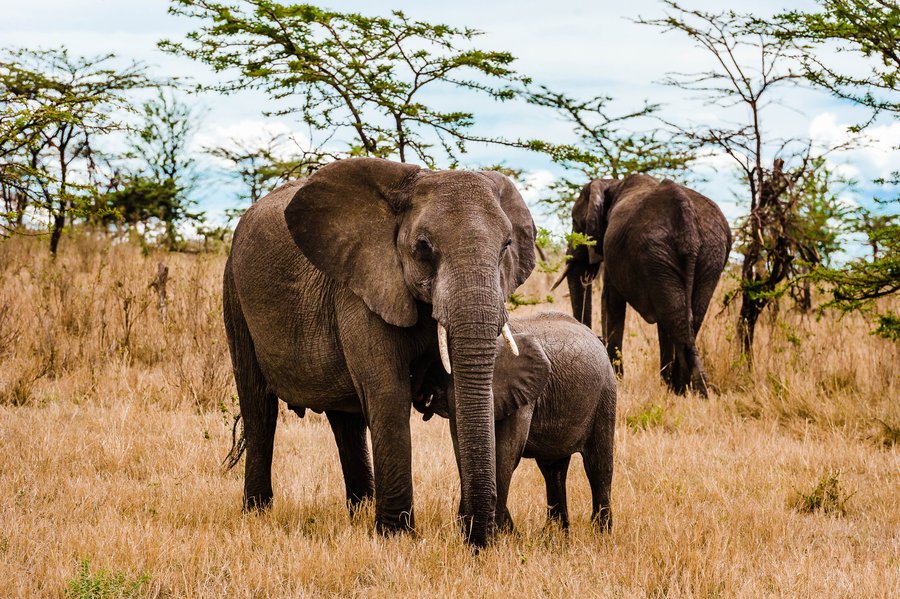
and the only time we saw a perturbed elephant on the whole trip was this nearby adult who didn't like that we were there. Elephants, as our amazing guide Ellison told us, are very protective and good parents, unlike giraffes who let their calves wander far from sight. I have a video somewhere of this elephant who ceremoniously lifted his trunk to show his displeasure.

It worked for me; I was looking out the top of the car and dove down when he started this. Of course, we were perfectly safe the whole time and our guide would have never put us or the animals in an uncomfortable position,

even when the roads got a bit crowded.

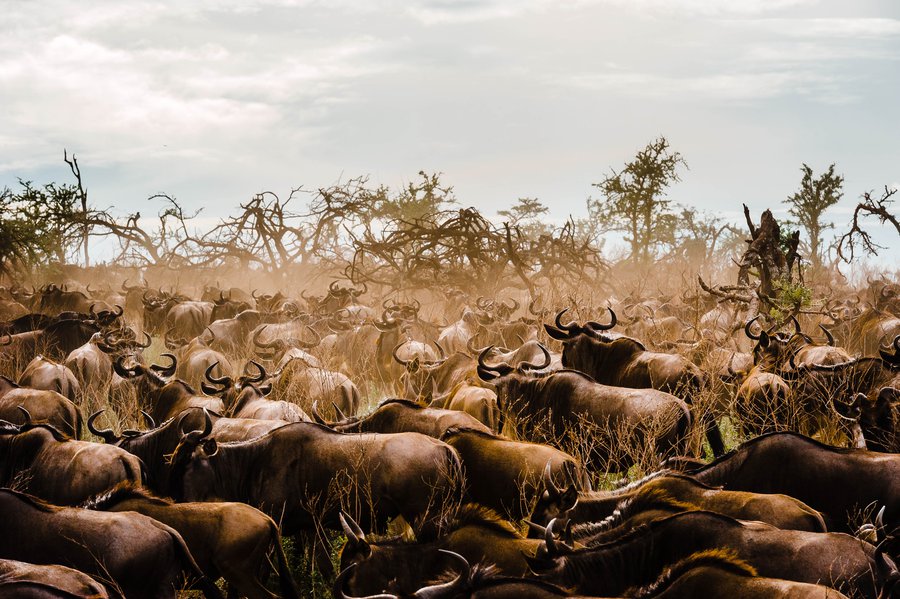
A highlight in the Upper Grumeti were the male impalas fighting.


Eventually, the weaker one ran away and somewhere, the female was watching to see who would be her next mate.
If you know me, you'll know I'm a bit afraid (sometimes very afraid) of birds. But maybe if NYC birds had color like these instead of greasy feathers, I'd reconsider! Here is the gray-headed kingfisher,

the yellow-billed storks and what I think is an egret, although I can't find the name in my nature journal.
Grossest of all were the Marabou storks, blended with the yellow-billed storks, congregated at the river's edge. You're welcome for not showing a close-up.

My nature journal also notes that we saw black-chested snake eagles, hornbills, and go away birds, which sound like "go away, go away", and more.

These little dik-diks were very, very tiny and darted away, so they were hard to catch on camera.

And after a long, windy day on the plains, it was back for another early morning rise and breakfast at the Migration Camp.


Next up: our most exciting sighting of the trip!




